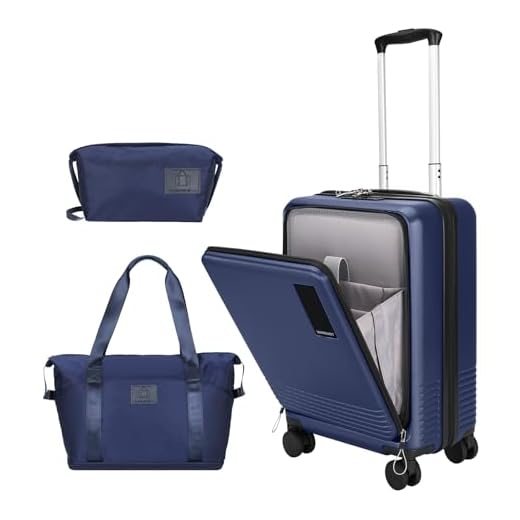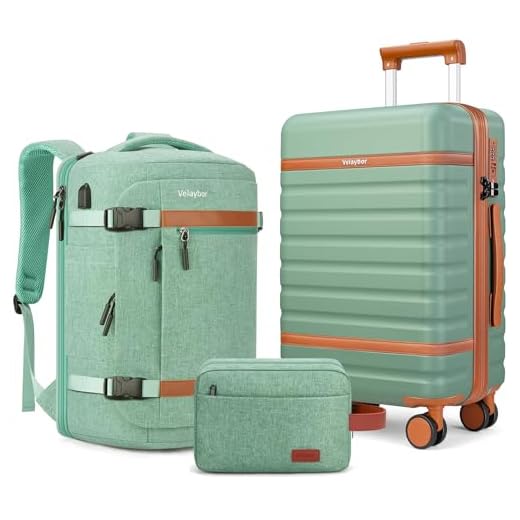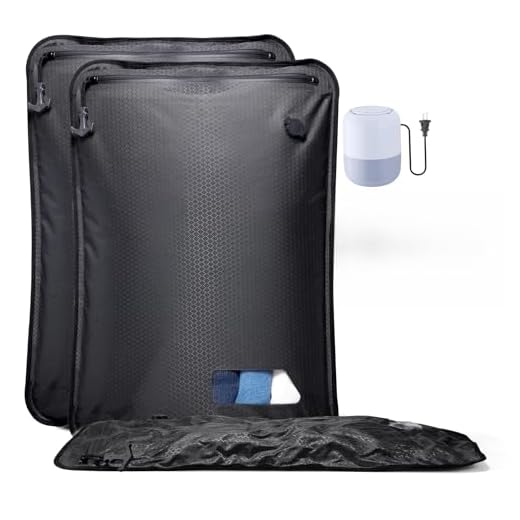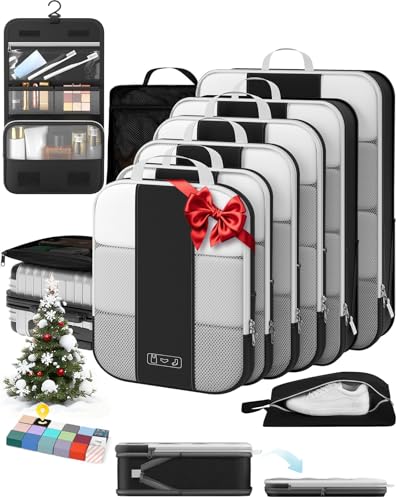







To ensure a smooth travel experience, familiarize yourself with the regulations regarding size, weight limits, and prohibited items for your carry-ons and checked items. Most airlines have specific guidelines: typically, carry-ons should not exceed 22 x 14 x 9 inches and must weigh under 15-20 pounds, while checked pieces often allow a maximum of 50 pounds and dimensions up to 62 linear inches.
Before arriving at the airport, pack wisely. Use soft-sided bags that can easily compress and fit into overhead compartments or under the seat. Make sure to label your belongings with your contact information and utilize TSA-approved locks. This minimizes the risk of lost items and aids in quick recovery if necessary.
Upon check-in, be prepared for security screenings. Know that certain items like liquids should be in containers of 3.4 ounces or less and fit into a single quart-sized bag. Familiarizing yourself with these protocols can significantly reduce wait times. Following these tips will enhance your experience and contribute to a hassle-free transit.
Understanding Different Luggage Allowances by Airlines
Airlines offer varying weight and size limits for checked and carry-on items. Always review the specific guidelines from your airline before travel to avoid unexpected fees.
Checked Baggage: Most carriers allow one or two pieces of checked baggage, generally weighing between 50 to 70 pounds (23 to 32 kg) each. Low-cost airlines often charge for checked items while traditional carriers may include them in the ticket price.
Carry-On Restrictions: Typically, regulations permit one standard carry-on and one personal item (like a backpack or handbag). The carry-on dimensions usually cap at around 22 x 14 x 9 inches (56 x 36 x 23 cm). Items must fit in the overhead bin or under the seat.
Excess Baggage Fees: Carrying more than the allowed weight or number of pieces incurs extra charges. Fees vary by airline, and pre-booking options may offer discounts compared to paying at the airport.
Special Items: Some airlines have specific rules for sporting equipment, musical instruments, and fragile goods. Prior arrangements help ensure safe transportation without incurring additional costs.
Infant Policies: Most airlines accommodate infants with special allowances, such as extra baggage for diapers and formula. Additionally, some may offer discounted fares for children under two.
Stay informed about any recent changes in these policies to ensure smooth boarding and travel experiences.
Navigating Security Checks for Carry-On Luggage
Arrive at security checkpoints with your essentials easily accessible. Place items such as laptops, tablets, and liquids in separate bins to expedite the screening process.
Liquids and Gels Regulations
Adhere to the 3-1-1 rule: each liquid container must not exceed 3.4 ounces (100 milliliters), and all containers must fit within a single quart-sized zip-top bag. Check your airline’s website to confirm specific regulations, as they may vary slightly.
Prohibited Items
Familiarize yourself with items not allowed in carry-on bags. Sharp objects, firearms, and certain sporting goods are restricted. Review guidelines on the Transportation Security Administration (TSA) website for up-to-date lists to avoid delays.
Stay informed about security modifications by checking airport announcements. Lastly, if you’re unsure about specific technical gear or sports equipment, consider researching how to inflate a presta valve with an air compressor for compressed air tools, as some types may be allowed with conditions.
Tips for Packing Your Checked Luggage Properly
Use packing cubes or compression bags to maximize space and keep items organized. Separate clothes, toiletries, and electronics for easier access.
Layering Techniques
- Place heavier items like shoes and books at the bottom for stability.
- Roll clothes to save space and reduce wrinkles.
- Fill gaps with smaller items, such as belts or socks.
Protecting Fragile Items
- Wrap breakables in clothing or bubble wrap for extra padding.
- Keep valuables in the middle of the suitcase surrounded by soft items.
Avoid overpacking to prevent damage during handling. Check airline policies for weight limits and size restrictions to avoid additional fees. Consider the best luggage for car trips for road travel, as the context may differ.
Lastly, label your bag with your contact details and itinerary. This can save time and heartache if your bag gets misplaced. Check with your travel destination for any unique customs regulations for certain items.
What Happens to Your Luggage During Transit
After you hand over your bag at check-in, it undergoes a meticulous process. Initially, it is tagged with a unique identifier that ensures its traceability throughout transit. This helps airline staff manage and locate it efficiently.
Once tagged, your belongings are sent to a screening area. Advanced imaging technology scans for prohibited items, ensuring compliance with safety regulations. If your checked bag raises any alerts during this inspection, additional manual screening may occur to confirm its contents.
Following successful screening, bags are directed to a baggage handling system. Here, conveyors and automated systems transport them to the appropriate aircraft. This system is engineered for speed, minimizing connection times between flights.
If your itinerary includes a layover, luggage typically remains on the same aircraft for transit unless specified otherwise. In cases where aircraft switch, bags are reloaded at the stopover airport.
Upon arrival at your destination, the baggage carousel awaits. Here, passengers retrieve their items, and staff remain vigilant for any misplaced or damaged bags. Should an issue arise, promptly report it to the airline’s customer service for assistance.
Throughout the entire journey, maintaining your luggage’s integrity and security is a priority for airlines, employing technology and dedicated staff to facilitate a seamless experience.
Dealing with Lost or Damaged Luggage: Steps to Take
Immediately report lost or damaged items to the airline’s representative at the airport. Provide your baggage claim ticket and any relevant documentation. This initiates a tracking process.
Request a written confirmation of your report. Keep this document safe, as it may be required during follow-ups.
If your belongings are not located within a reasonable time, inquire about compensation procedures. Airlines usually have specific policies regarding reimbursement for lost items.
Document the contents and value of your belongings, using receipts or photographs. This is essential for claims and discussions with the airline.
Maintain communication with the airline. Use reference numbers from your initial report to inquire about the status of your claim and any updates on your luggage’s location.
Consider purchasing travel insurance that covers loss or damage. This can provide additional financial protection and facilitate a smoother claims process.
If items are damaged, keep evidence such as photos and original packaging. Approach the airline’s customer service for instructions on submitting a damage claim.
Keep copies of all correspondence and documents. This can aid in resolving disputes or following up on your claims.







